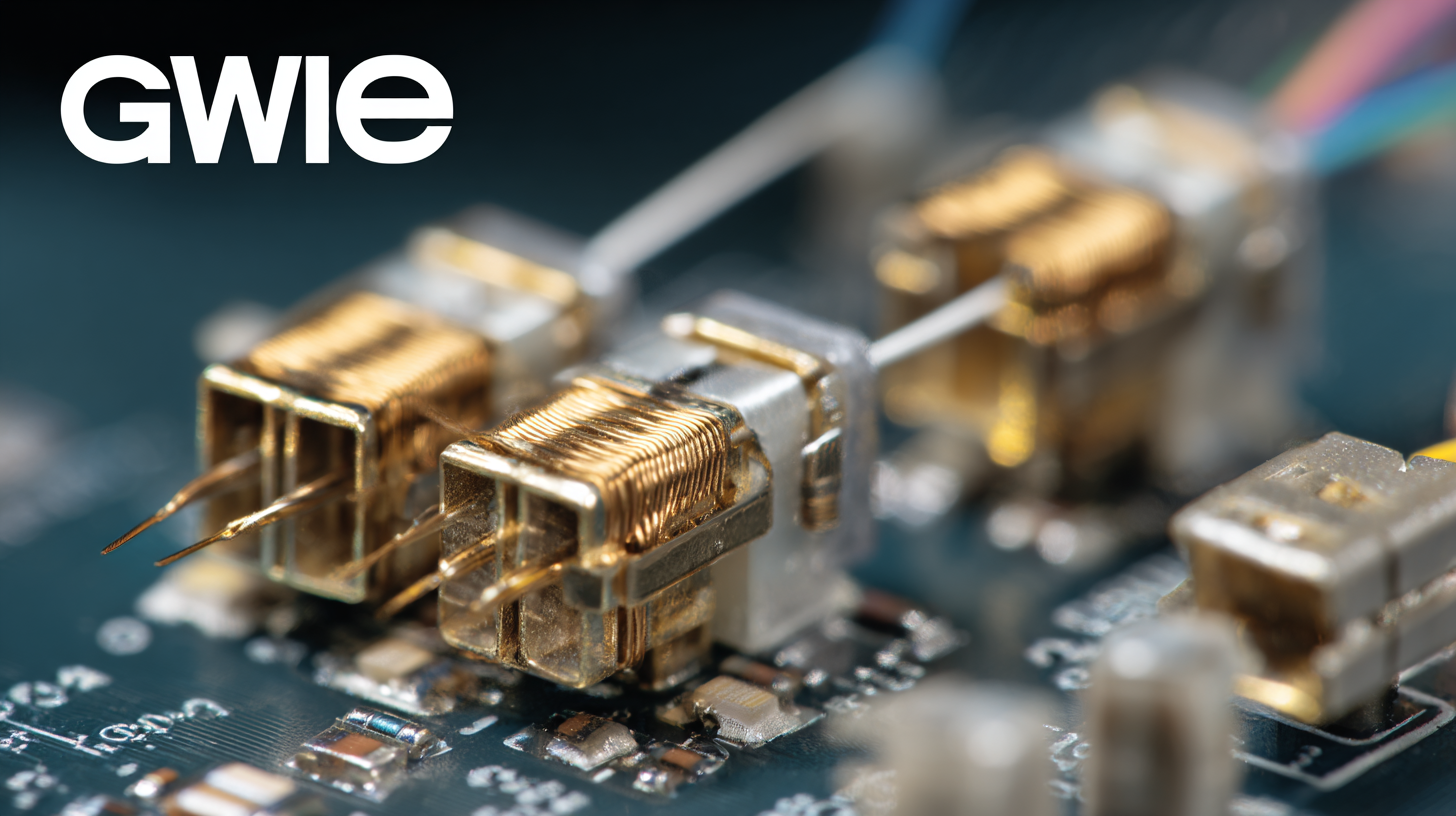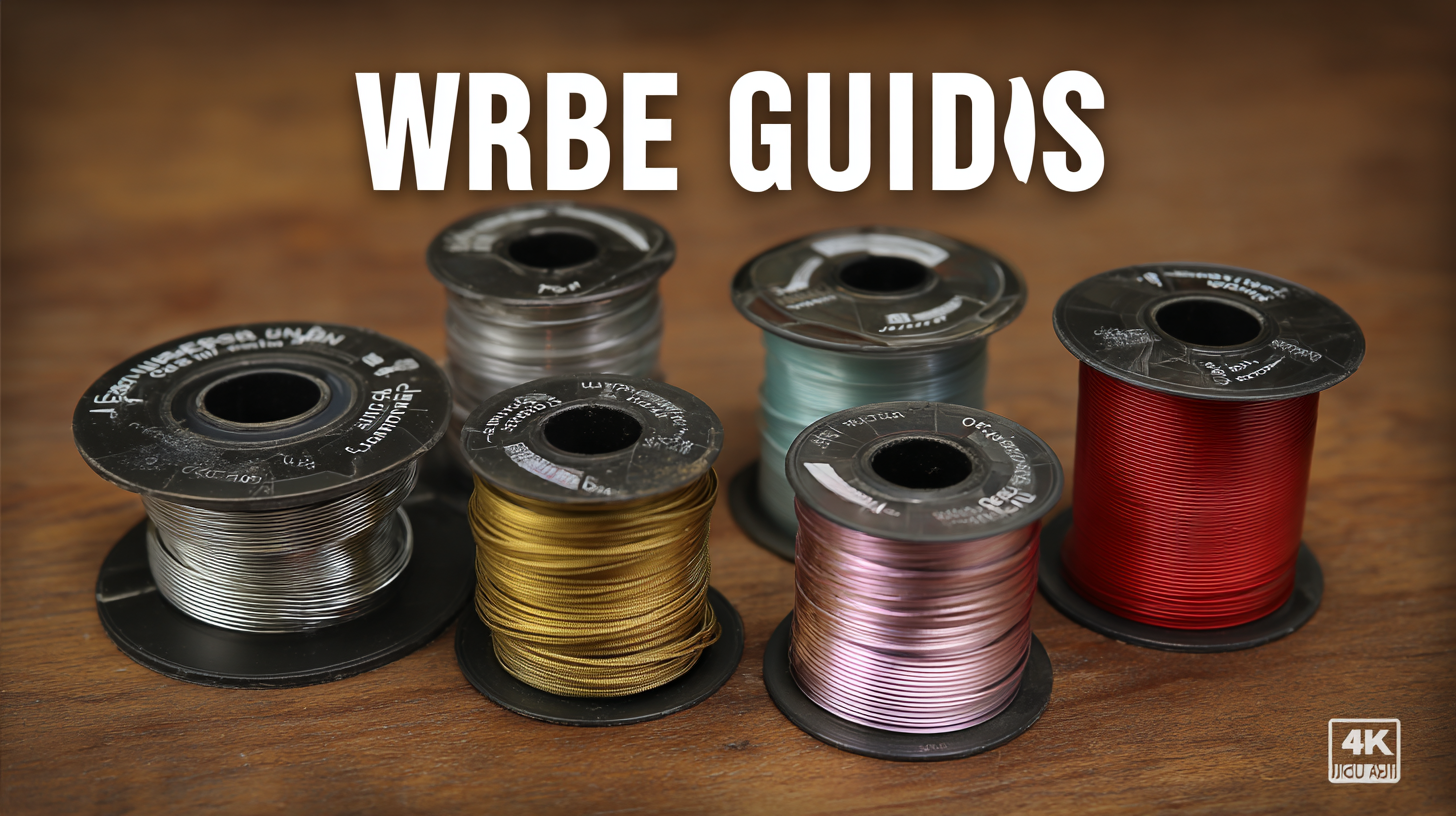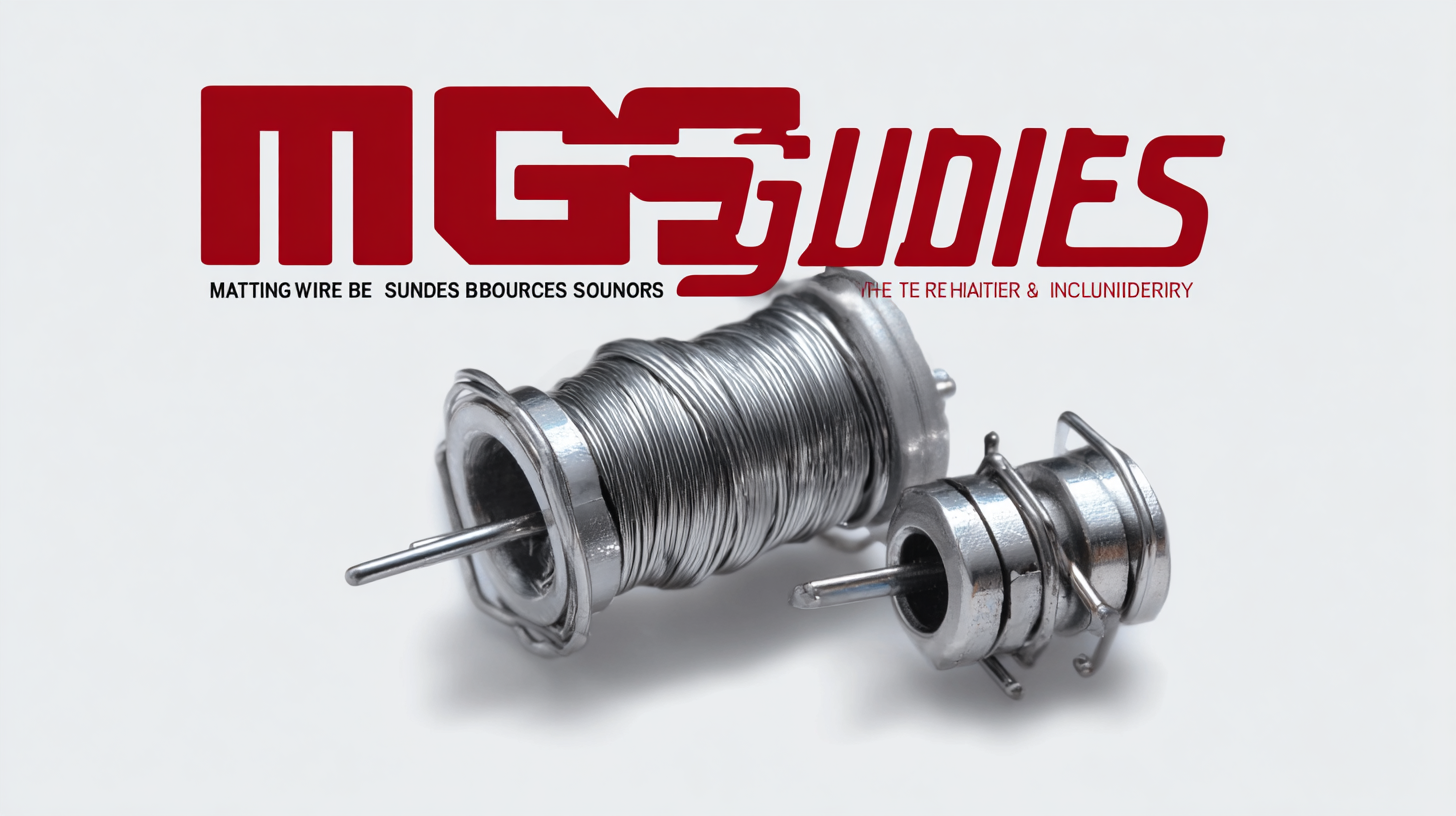In the highly specialized world of semiconductor packaging, the significance of employing superior Wire Guides and Ribbon Guides for Wire Bonders cannot be overstated. Recent industry reports indicate that the wire bonding market is expected to grow at a CAGR of 6.5% through 2027, driven by increasing demand for miniaturization and improved performance in electronic devices. With the right guides, manufacturers can enhance bonding accuracy and reliability, which directly impacts production efficiency and yield rates. As these guides play a crucial role in the operational success of wire bonding, investing in the best alternatives available is essential for companies aiming to maintain a competitive edge in a rapidly evolving market. By mastering the selection and application of Wire Guides and Ribbon Guides, businesses can ensure that they meet the demands of modern circuitry with precision and consistency.

As we look toward 2025, the wire bonding industry is on the brink of significant technological advancements. One of the key trends shaping the future of wire bonding is the increasing demand for miniaturization in electronic devices. Manufacturers are now focusing on developing ultra-fine wire and ribbon materials designed to meet the needs of smaller components without compromising reliability or performance. Innovations in material science are leading to wires that offer enhanced conductivity and strength, ensuring robust connections even at microscopic scales.

Another critical trend is the integration of automation and smart technology into the wire bonding process. As industries adopt Industry 4.0 principles, automated bonding machines equipped with advanced sensors and AI capabilities will significantly reduce human error and increase production efficiency. These smart systems can adapt in real-time to variations in material properties, making it possible to achieve greater consistency and quality in wire bonding. Additionally, the adoption of data analytics will enable manufacturers to optimize their processes and predict maintenance needs, further enhancing overall productivity and minimizing downtime.
When it comes to wire bonding, selecting the right materials can significantly impact performance and cost. In the realm of wire bonding, two primary options dominate: gold wires and aluminum wires. Gold wires are known for their superior conductivity and reliability, making them ideal for high-frequency applications where performance is critical. However, this premium quality comes at a higher price point, which can deter cost-sensitive projects. On the other hand, aluminum wires offer a more economical alternative, particularly suitable for lower-power applications, but they can present challenges such as increased oxidation and a higher risk of intermetallic formation.
Moreover, ribbon bonding is another technique that emphasizes efficiency and cost-effectiveness. Ribbon bonds, typically made from aluminum, provide a larger surface area that can improve bond strength and decrease cycle times during production. This makes them especially appealing for high-volume applications. However, the choice between wire and ribbon bonding involves trade-offs; while ribbons may enhance manufacturing speed, they can also lead to challenges in achieving precise bond placements. Thus, the decision should carefully weigh performance requirements against budget constraints to ensure optimal outcomes in wire bonding processes.
Innovations in materials play a pivotal role in enhancing durability and efficiency in wire bonding processes. As the wire bonder equipment market is projected to grow at a CAGR of over 6.4% from 2025 to 2032, the industry will increasingly rely on advanced materials to meet the rising demands for performance and reliability. With the cable material market expected to reach USD 20.1 billion by 2035, driven mainly by the telecommunications sector, it’s crucial for manufacturers to leverage cutting-edge materials that ensure optimal bonding quality and longevity.
**Tip:** When selecting wire and ribbon guides, opt for those engineered with high-performance compounds that guarantee better bonding outcomes. Investigating the integration of nanomaterials in construction can provide insights into how these innovative materials enhance structural qualities and durability.
Furthermore, recent advancements like the development of lightweight composite structures highlight the importance of innovative materials in production processes. By utilizing materials that effectively reduce weight without compromising strength, manufacturers can significantly enhance the efficiency of their wire bonding applications.
**Tip:** Stay updated on new material trends and invest in R&D to explore multifunctional properties; this not only improves product performance but also aligns with sustainability goals.

When selecting wire and ribbon guides for semiconductor applications, understanding the specific needs of your assembly process is crucial. The right guide can greatly enhance productivity, reduce defects, and streamline operations. Key factors to consider include the material composition and design of the guides, as different materials can impact the thermal and electrical performance of the final product. Opting for guides made from high-quality materials can prevent wear and tear, ensuring longevity and reliability.
Another essential consideration is the compatibility of the wire and ribbon guides with your equipment. Choosing guides designed to work seamlessly with your existing machinery reduces the risk of malfunctions and improves cycle times. Additionally, evaluate the dimensions and configuration of the guides to ensure they align with your specific application requirements. Custom solutions may be necessary in some cases to accommodate unique design constraints or operational demands, emphasizing the importance of consulting with experienced manufacturers to tailor solutions that meet precise needs.
In the constantly evolving landscape of wire bonding technology, industry leaders must adopt forward-thinking strategies to ensure their processes remain competitive and efficient.
Future-proofing wire bonding involves not only investing in the latest equipment but also embracing innovative materials and techniques that enhance the reliability and scalability of bonding operations.
By experimenting with advanced wire and ribbon guides, companies can optimize their production processes, reducing cycle times and increasing yield rates.
Additionally, fostering a culture of continuous improvement is essential in adapting to market demands. This can be achieved by implementing rigorous testing and feedback loops, allowing teams to refine their methodologies and respond swiftly to challenges.
Collaborating with materials scientists and engineers to explore cutting-edge wire options can further enhance performance and reduce costs.
As technology progresses, proactive adoption of these practices will position industry leaders at the forefront of wire bonding, ensuring their processes are not just fit for today, but also resilient against the uncertainties of tomorrow.
